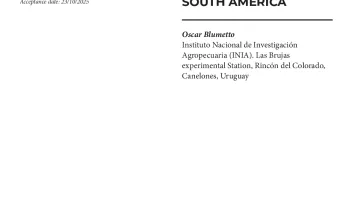Short-term bovine ovarian tissue heterotopic autotransplantation: VEGF beneficial and detrimental effects.

ABSTRACT.- Ovarian tissue transplantation (OTT) has been suggested as an alternative to preserving female fertility in livestock species, as currently performed in women. The OTT technique has been tested as xenografting or autografting in different body sites and animal species. Currently, there are no reports available regarding the autotransplantation of ovarian tissue using the bovine model and also testing the effect of vascular endothelial growth factor (VEGF) on graft survival.

